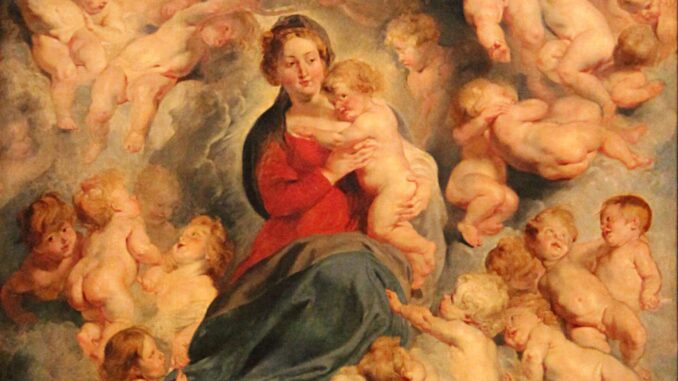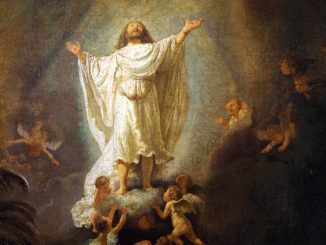
As we enter the second Sunday of Advent, the North State Journal continues to explore the hymns that deepen the spirit of Christmas. This Sunday, we focus on the “Coventry Carol,” a poignant piece that stands out for its somber tone and deep historical roots, offering a contrast to the typically joyous Advent music.
Originating from the 16th century, the “Coventry Carol” is part of a medieval play called the “Pageant of the Shearmen and Tailors.” The carol and the play tell the heart-wrenching story of the Massacre of the Innocents, as ordered by King Herod in the Gospel of Matthew. This tragic episode involved the decree to kill all male infants in Bethlehem to eliminate the newborn Jesus.
The carol itself is a lullaby, sung by the mothers of Bethlehem to their doomed children. Its haunting melody and sorrowful lyrics provide a powerful reminder of the need for peace in a world often marred by conflict and suffering which is also reflect in the second Sunday of Advent.
The text of the carol, whose exact date of origin is unknown, was preserved in a manuscript edited by Robert Croo in 1534. Croo, known for his involvement in the Coventry pageants, added his own verse to the existing material. The only surviving text of the carol and the play was published by Thomas Sharp in 1817, based on Croo’s manuscript. This transcription is vital, as the original manuscript was lost in a fire in 1879.
Within the play, the “Coventry Carol” is sung by women of Bethlehem, immediately following the scene where Joseph is warned by an angel to take his family to Egypt. This contextual placement in the narrative highlights the impending danger and a goodbye to the children with it’s familiar “Bye bye, lully, lullay” lyric which ends three of the four verses.
Musically, the carol is notable for its use of the Picardy third a harmonic device that originated during the Renaissance and is recognizable at the end of each verse. The carol also includes a three-part harmony, indicating that the parts of the “mothers” were traditionally played by men.
The “Coventry Carol” gained renewed interest after its feature in the BBC’s Empire Broadcast during World War II, following the Bombing of Coventry. Sung in the bombed-out ruins of the Coventry Cathedral, the carol became a symbol of mourning and resilience.
As we reflect during the second Sunday of Advent, the “Coventry Carol” invites us to contemplate the deeper, more somber aspects of the Christmas story. It reminds us of the darker side of this narrative and underscores the profound need for peace in our world.
In keeping with our Advent series, North State Journal has curated a selection of hymns for each week of Advent on our Spotify channel, including two renditions of the “Coventry Carol” that capture the solemnity and historical depth of this classic carol.



